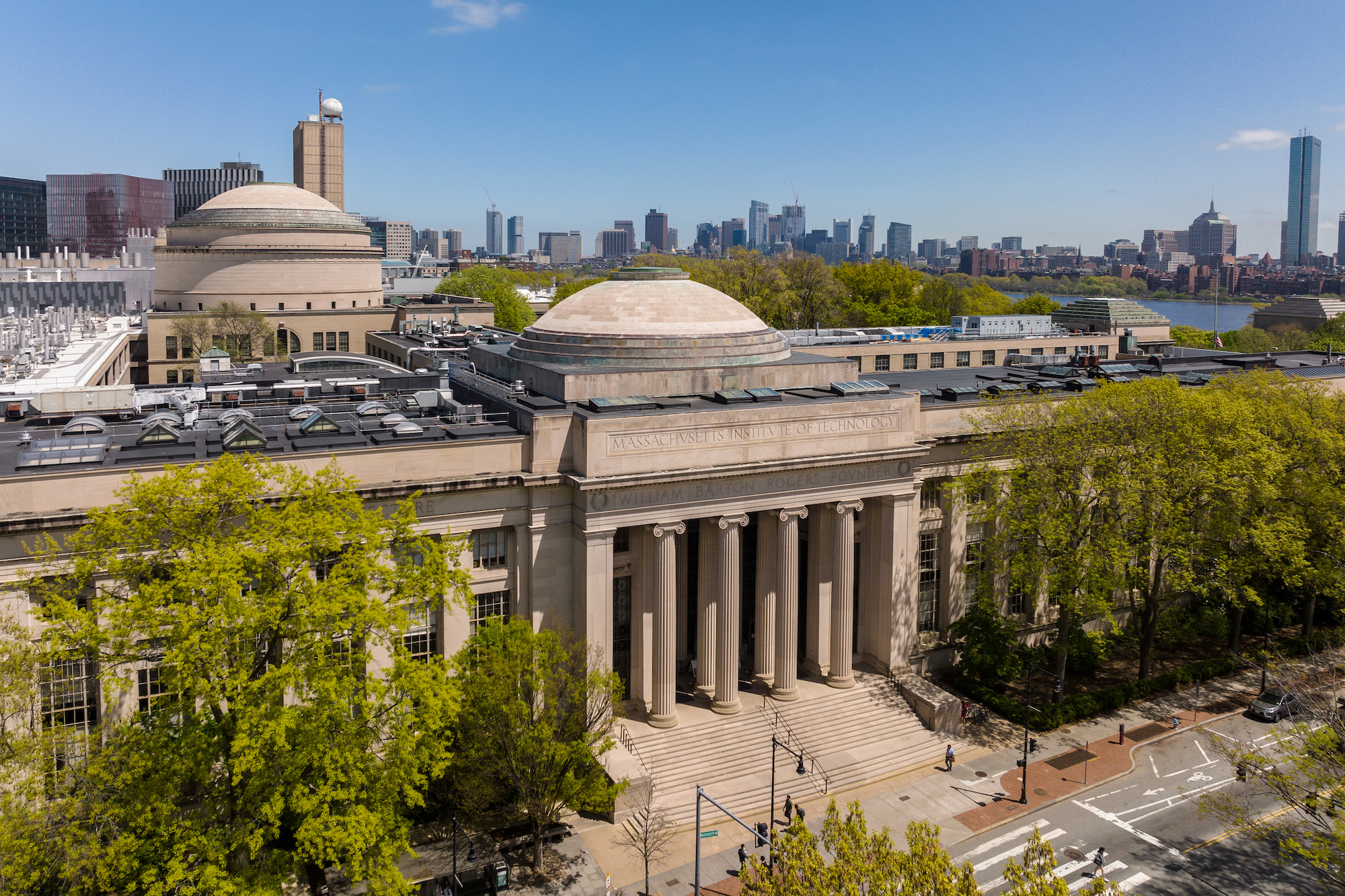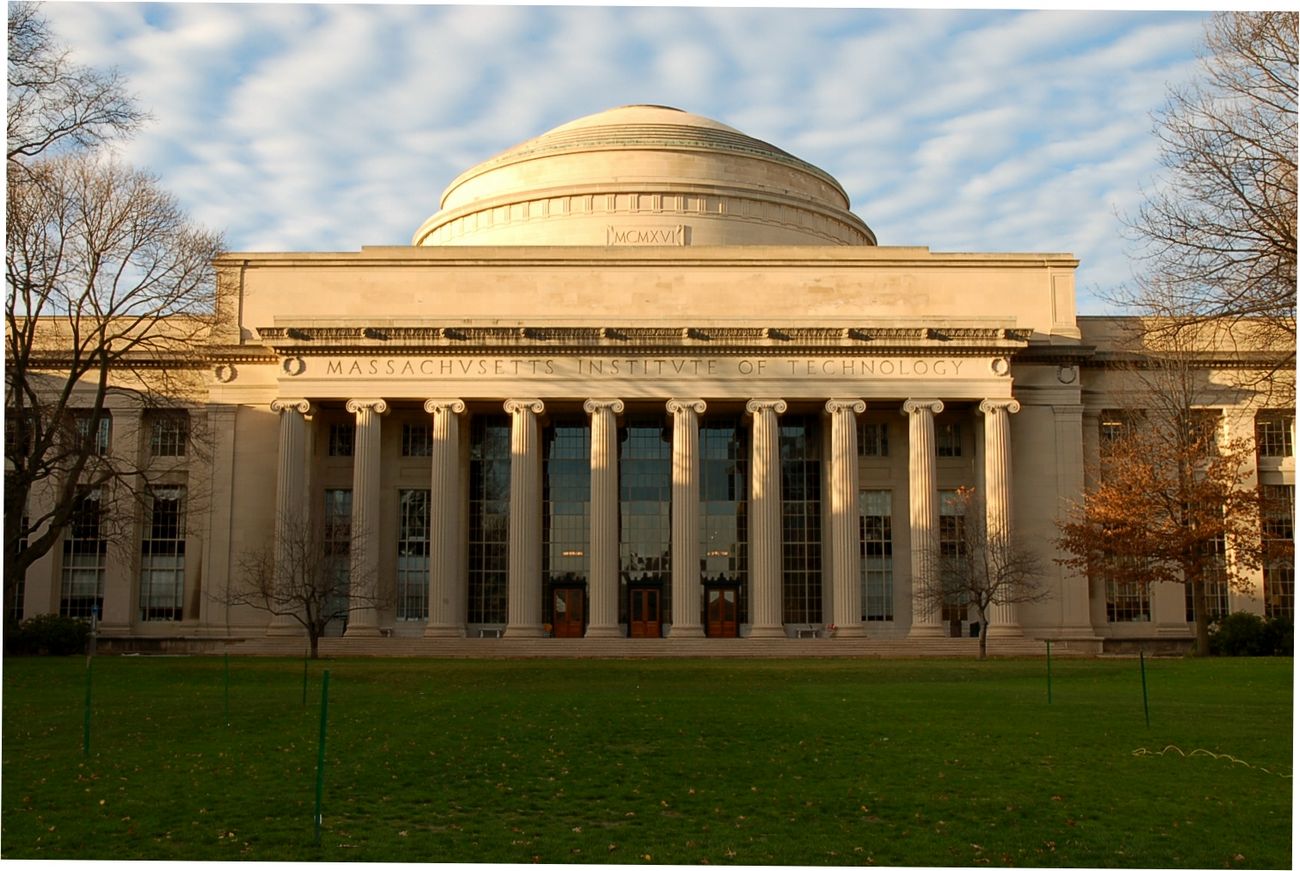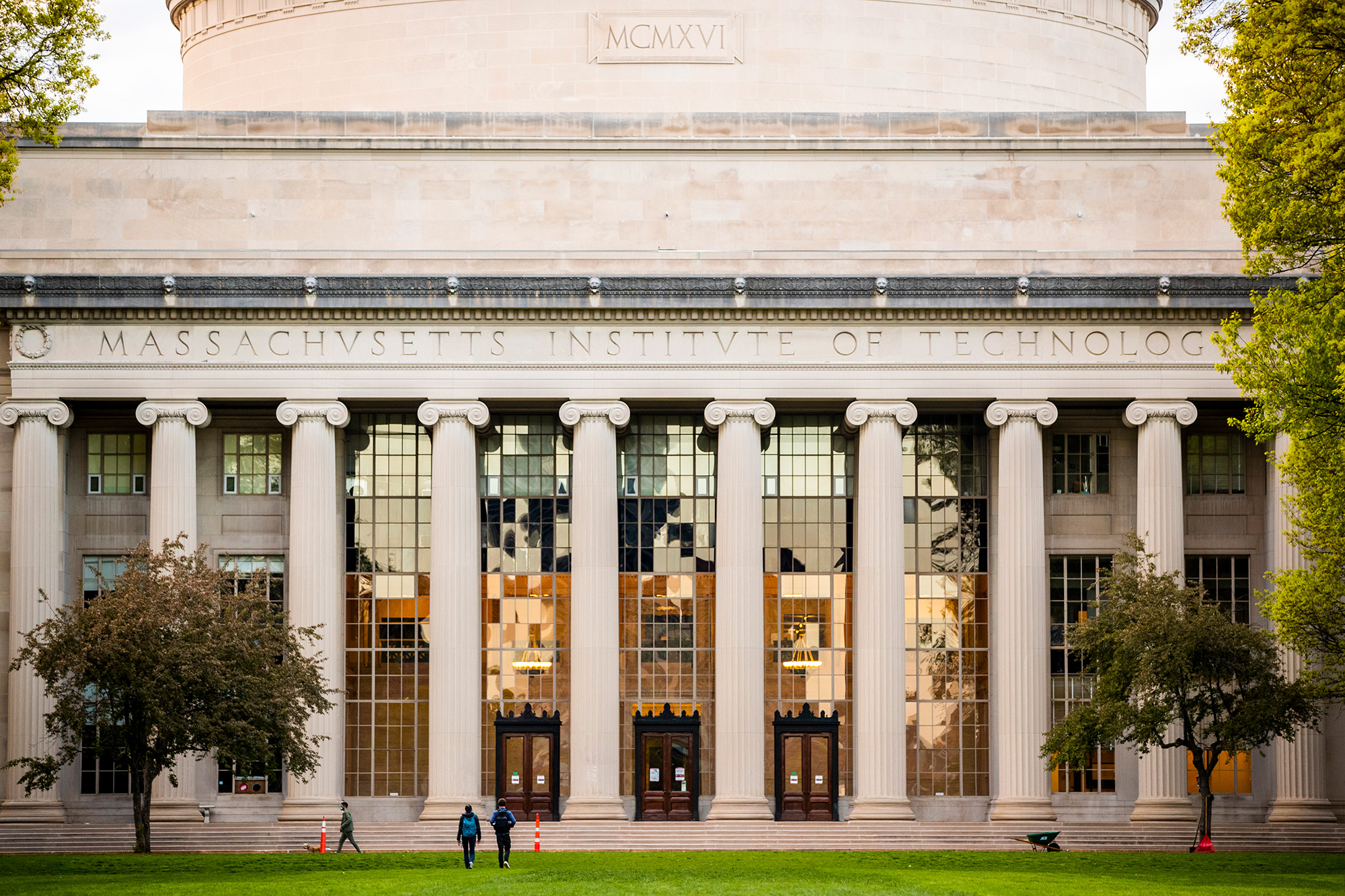The Massachusetts Institute of Technology, a place known for pushing the limits of what we know, has a special spot where different ways of thinking come together. This spot, the MIT Museum, aims to be a place where science, the workings of technology, the richness of human stories, and the beauty of artistic expression are all brought into play. It's almost like a workshop for ideas, where these varied fields help us look at big challenges from many sides. This kind of approach, you see, helps people really get a handle on the important questions that shape our existence. It's a place that invites thoughtful consideration.
Located in Cambridge, Massachusetts, the MIT Museum is, in a way, a part of the broader Massachusetts Institute of Technology itself. It first opened its doors to the public back in 1971, offering a space where curious minds could explore. The museum's entrance, it's worth noting, is found on the side of the building, which is perhaps a little bit unexpected for some first-time visitors.
When you step inside the MIT Museum, you'll find a wide range of things to discover. It's a place that really shows off the connections between science, the way technology shapes our lives, the many facets of human culture, and the power of art. This happens through various displays, items gathered over time, and special happenings. The museum, which just recently became open to everyone again in October, makes sure there's plenty to take in. Just keep in mind that the last chance to get in for the day is usually at 4:30 in the afternoon.
Table of Contents
- What is the MIT Museum all about?
- The MIT Museum's Approach to Big Ideas
- A Glimpse Inside the MIT Museum
- How Does the MIT Museum Present Its Discoveries?
- Where is the MIT Museum Located?
- Visiting the MIT Museum - Getting There
- What Happened to the MIT Museum's Computing History?
- The MIT Museum and the Story of Digital Beginnings
What is the MIT Museum all about?
The core idea behind the MIT Museum is, in a way, quite ambitious. It's not just a spot for looking at cool gadgets or old scientific tools. Instead, it really wants to be a setting where different fields of study come together to help us think through big, important matters. Picture, if you will, the way a problem might look to a scientist, then how an artist might see it, and then how someone who studies human behavior might view it. The museum, you see, believes that by bringing these varied perspectives into the same room, we can gain a much fuller sense of the challenges we face. This blend of viewpoints helps people, more or less, come up with fresh ways to approach things.
This means the museum is, in some respects, a place where you might find a discussion about the latest breakthroughs in artificial intelligence right next to an exhibit exploring how human creativity expresses itself through art. The goal is to show how these areas, which might seem separate, are actually connected in surprising ways. They all contribute to how we understand our surroundings and how we try to make sense of the world. It’s about, you know, seeing the bigger picture.
The museum also aims to help people address some truly compelling questions. These aren't just simple queries; they are the deep, often complex, inquiries that define our current time. How do we live sustainably? What does it mean to be human in an age of machines? How do we build a more equitable future? The MIT Museum, apparently, sees its role as providing a space where these kinds of questions can be explored, discussed, and perhaps even answered, or at least better understood. It's really about fostering a sense of shared discovery.
The MIT Museum's Approach to Big Ideas
The way the MIT Museum goes about presenting its big ideas is, quite honestly, a bit unique. It doesn't just show you things; it encourages you to think about them. For instance, when it comes to science, it might not just display an invention, but also the process of thought that led to it, or the societal impact it had. This helps visitors, in a way, grasp the full story, not just the final outcome.
Similarly, with technology, the museum aims to show not only what something does, but also how it was conceived and what its ethical considerations might be. It’s about, you know, looking at the whole picture. The humanities, too, play a vital part, offering insights into human experience and values that shape how we use science and technology. This helps to provide a human context for all the technical marvels.
And then there are the arts, which often provide a different lens entirely. Art can provoke feelings, challenge assumptions, and offer new ways of seeing things that data alone cannot. The MIT Museum, therefore, seems to be a place where these different ways of knowing and feeling are given equal weight, creating a truly rich experience for anyone who visits. It's a very thoughtful approach, indeed.
A Glimpse Inside the MIT Museum
Stepping into the MIT Museum offers, you know, a chance to see how different fields of human endeavor come together. You'll find a range of exhibitions that cover everything from the very small workings of the universe to the vast reaches of space exploration. Each display is put together with a lot of thought, aiming to make complex ideas approachable for people of all backgrounds. It’s really quite something to behold.
The museum also holds, in a way, a remarkable collection of objects. These aren't just random items; they are pieces of history, scientific instruments, and artistic creations that tell stories about human ingenuity and curiosity. Looking at these items can give you a real sense of the progress that has been made and the questions that still remain. They are, basically, tangible links to past discoveries and future possibilities.
Beyond the static displays, the MIT Museum also puts on various events. These might include talks from leading thinkers, hands-on workshops where you can try out new ideas, or performances that blend art with scientific concepts. These happenings provide, you know, a dynamic way to interact with the museum's themes and to engage with the people who are shaping our future. It’s a very active kind of place.
How Does the MIT Museum Present Its Discoveries?
The way the MIT Museum presents its discoveries is, in a way, quite deliberate. It doesn't just put objects in glass cases and expect you to understand them. Instead, it tries to create experiences that draw you in and make you think. For example, some displays might involve interactive elements, letting you experiment with ideas yourself. This helps to make the learning process, you know, more personal and memorable.
The museum also uses storytelling to bring its collections to life. Each item or concept has a story behind it – a story of discovery, a story of struggle, or a story of inspiration. By sharing these narratives, the MIT Museum helps visitors connect with the human side of science and technology. It’s about understanding the people behind the progress, which is pretty neat.
Furthermore, the museum often uses visual and auditory elements to make its points clear. You might see captivating videos, hear compelling audio clips, or encounter striking visual representations of data. These elements are, in a way, carefully chosen to help convey complex information in an accessible and engaging manner. It’s a very thoughtful approach to communication.
Where is the MIT Museum Located?
The MIT Museum finds its home in Cambridge, Massachusetts, a city known for its academic spirit and intellectual vibrancy. Being in Cambridge, it's surrounded by a community that values learning and exploration. This location, you know, places it right in the heart of a truly innovative environment, which makes a lot of sense given its purpose.
More specifically, the museum is a part of the larger Massachusetts Institute of Technology campus. This connection to MIT means it has access to a vast network of researchers, innovators, and thinkers. It’s not just a standalone institution; it’s deeply rooted in one of the world's leading centers for scientific and technological advancement. This relationship, in a way, enriches what the museum can offer.
For anyone planning a visit, it's good to know that the museum's entrance is located on the side of the building. This might be a little bit different from what some people expect, so it’s a helpful detail to keep in mind as you approach. Knowing this beforehand can save you a moment of searching, so, you know, you can get right to the good stuff inside.
Visiting the MIT Museum - Getting There
Getting to the MIT Museum is, for many, quite straightforward, given its location in Cambridge. The city has a public transport system that makes it fairly easy to reach various points of interest, including the museum. So, if you're coming from Boston or another part of Cambridge, there are usually good options for travel.
Once you arrive in the general area of MIT, finding the museum might involve a short walk. The campus itself is quite large, but the museum is typically well-marked. Remember, as mentioned, its main entrance is situated on the side of the building, which is a key piece of information for first-time visitors. This detail, in a way, helps you orient yourself upon arrival.
It’s also a good idea to check the museum’s official website for the most current information regarding hours of operation and any special notices. As noted, the last chance to enter for the day is usually at 4:30 in the afternoon, so planning your arrival with this in mind is a sensible approach. This ensures you have, you know, enough time to explore all that the MIT Museum has to offer before closing.
What Happened to the MIT Museum's Computing History?
There's been some discussion, you know, about the MIT Museum's new appearance and what it means for its past. While the museum's new look is certainly impressive, some people have expressed a concern that it seems to have, in a way, moved away from showcasing the very computing history that helped make MIT so well-known. This is a point that, arguably, deserves some thought.
MIT has, after all, played a truly significant part in the development of the digital world we live in today. Many of the early ideas and machines that laid the groundwork for modern computing came from researchers and innovators at this institution. So, for some, the absence of these historical artifacts feels like a missed opportunity to tell a very important story. It's a question of what stories are being prioritized.
The question that arises for many is, "Where are the machines that built our digital world?" These are not just old pieces of equipment; they are, basically, the tangible evidence of a revolution that changed everything about how we live, work, and communicate. Their presence in a museum like this would, you know, provide a powerful connection to the origins of our technological age.
The MIT Museum and the Story of Digital Beginnings
The story of digital beginnings is, in some respects, a foundational narrative for understanding our present world. From the earliest calculating devices to the first computers, these innovations represent immense leaps in human thought and capability. MIT, as a matter of fact, was at the forefront of much of this pioneering work.
Having these historical computing artifacts on display would, you know, offer visitors a tangible link to the past. It would allow them to see the physical machines that were once at the cutting edge of technology, and to appreciate the ingenuity that went into their creation. This kind of historical context is, arguably, quite important for a museum that aims to address compelling questions about our time.
The concern, then, isn't just about nostalgia for old machines. It's about ensuring that the full breadth of MIT's contributions to human progress, including its foundational role in computing, is properly represented. It's about telling the complete story, so, you know, future generations can truly grasp how we arrived at our current digital landscape. This kind of preservation of history, many feel, is very important.



Detail Author:
- Name : Elmer Anderson
- Username : ardella35
- Email : champlin.eriberto@brakus.biz
- Birthdate : 1972-04-02
- Address : 428 Hyatt Villages Nitzscheburgh, AZ 87184
- Phone : +1-518-812-8348
- Company : Bernier, Barton and Abernathy
- Job : School Bus Driver
- Bio : Sed modi qui iure eveniet sunt sed. Quia consequuntur porro repudiandae dolores. Enim perspiciatis minus libero placeat. Qui possimus itaque ea eos odio quis expedita.
Socials
twitter:
- url : https://twitter.com/kassulke2002
- username : kassulke2002
- bio : Aut aut quasi voluptatem. Omnis quo et sit mollitia veniam sapiente cumque. Sed modi eum id sequi.
- followers : 4545
- following : 719
facebook:
- url : https://facebook.com/sofia3552
- username : sofia3552
- bio : Debitis accusamus asperiores eum autem nisi doloremque non occaecati.
- followers : 6899
- following : 1985

